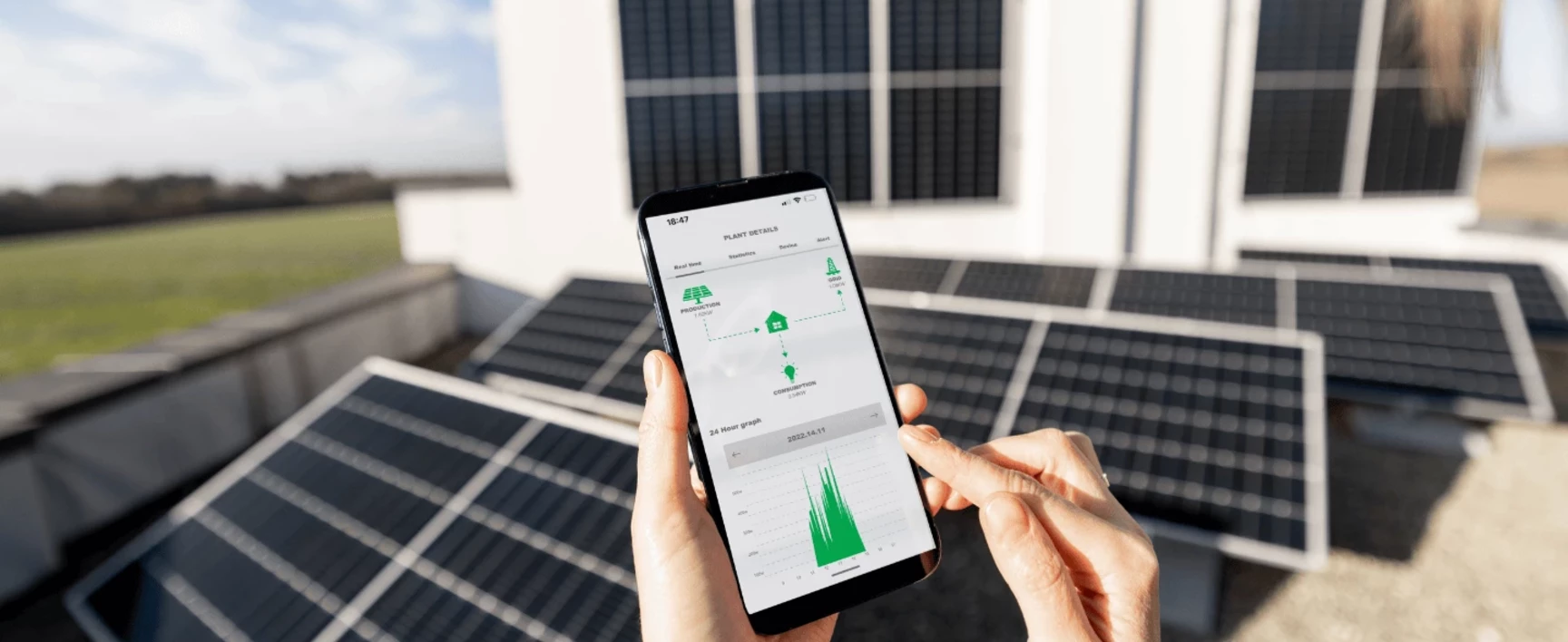SOCOTEC’s Bioclimatic Consultancy delivers expert guidance on passive design strategies that harmonise buildings with their local climate and environmental conditions.
Our approach optimises building performance by prioritising natural systems and minimising energy-intensive mechanical solutions, resulting in reduces operational carbon emissions while enhancing occupant, comfort and wellbeing. This service is tailored for both new construction projects and refurbishments, providing developers, architects, and property owners with data-driven insights to inform sustainable design decisions.
Key Considerations
1. Solar Radiation Control
Optimising the use of solar energy for heating and implementing effective shading strategies to prevent overheating.
2. Natural Ventilation
Designing for effective air flow to provide passive cooling and improve indoor air quality.
3. Thermal Insulation and Mass
Utilising appropriate materials and construction techniques to regulate indoor temperatures and reduce energy consumption.
4. Building Orientation and Layout
Positioning the building and its components to maximize beneficial environmental factors and minimize negative impacts.
5. Integration with Local Climate
Adapting the design to specific regional climate conditions, including temperature, wind patterns, and precipitation.
6. Sustainable Materials and Technologies
Incorporating environmentally friendly materials and renewable energy systems to reduce the overall environmental impact.
Services we offer
Site Analysis and Climate Assessments
- Detailed microclimatic analysis including solar paths, prevailing winds, and seasonal variations
- Site-specific opportunities and constraints identification
- Local weather data collection and pattern recognition
- Topographical and ecological context evaluation
- Surrounding building influence assessments
Building Orientation and Form Optimisation
- Solar exposure optimisation for heating/cooling balance
- Wind pattern analysis for natural ventilation potential
- Building form optimisation for climate resilience
- Compactness ration analysis to minimise heat loss/gain
- Massing studies to maximise passive potential
- Facade-to-orientation relationship optimisation
Envelope Performance Optimisation
- U-value recommendations for walls, roofs, floors, and glazing
- Thermal bridge mitigation strategies
- Glazing ration optimisation by facade orientation
- Window specification guidance (SHGC, visible light transmittance)
- Shading system design (fixed and dynamic solutions)
- Air tightness strategy development and resting protocols
- Vapor control and moisture management solutions
Natural Lighting Analysis and Design
- Daylight factor and spatial daylight autonomy modeling
- Glare risk assessments and mitigation strategies
- Light shelf and redirection system recommendations
- Annual sunlight exposure analysis
- Cicadian lighting considerations for occupant wellbeing
- Integration of daylighting with artificial lighting systems
- Visual comfort analysis and optimisation
Thermal Comfort and Passive Strategies
- Dynamic thermal modeling to predict indoor conditions
- Passive heating strategy development (thermal mass, direct gain)
- Passive cooling strategy optimization (night purge, stack effect)
- Thermal zoning recommendations
- Adaptive comfort model implementation
- Occupancy pattern analysis for optimal space planning
- Seasonal strategy transitions planning
Natural Ventilation Design
- Cross and stack ventilation potential analysis
- Airflow CFD modeling and visualization
- Ventilation opening sizing and placement optimization
- Mixed-mode ventilation strategy development
- Night cooling potential analysis
- Pressure coefficient analysis for wind-driven ventilation
- Air quality considerations for ventilation design
Materials Selection Guidance
- Embodied carbon assessment of material options
- Thermal mass optimization recommendations
- Phase change material integration opportunities
- Hygroscopic material applications for humidity control
- Renewable and local material sourcing guidance
- Life cycle assessment of key material choices
- Indoor air quality impacts of material selections
Occupant Comfort and Wellbeing Analysis
- Post-occupancy evaluation planning
- Thermal comfort prediction using PMV/PPD and adaptive models
- Indoor air quality assessment and monitoring strategies
- Acoustic comfort considerations
- Biophilic design integration opportunities
- User control interface recommendations
- Seasonal comfort strategy adaptation guidance
Integration with Active Systems
- Right-sizing of mechanical systems based on passive performance
- Hybrid system design recommendations
- Control strategy optimization for passive-active integration
- Energy performance modeling of integrated solutions
- Renewable energy integration opportunities
- Resilience planning for extreme weather events
- Operational carbon reduction quantification
Performance Verification and Monitoring
- Design-stage performance metrics establishment
- Construction quality assurance protocol development
- Commissioning guidance for passive systems
- Post-occupancy monitoring strategy development
- Continuous improvement feedback loops
- Seasonal commissioning recommendations
- Performance gap identification and resolution
Benefits to Clients
- Significant Operational Carbon Reduction: Minimize reliance on energy-intensive mechanical systems
- Enhanced Occupant Comfort and Wellbeing: Create spaces that respond naturally to human needs
- Reduced Energy Costs: Lower operational expenses through passive design optimization
- Future-Proofed Assets: Mitigate climate change risks through resilient design
- Compliance Support: Meet and exceed evolving building regulations and standards
- Design Innovation: Differentiate projects through climate-responsive architecture
- Improved Asset Value: Increase marketability through sustainable performance credentials
By engaging SOCOTEC’s Bioclimatic Consultancy service, clients benefit from our multidisciplinary expertise in building physics, environmental design, and sustainability, resulting in buildings that work in harmony with nature while providing exceptional spaces for occupants.

